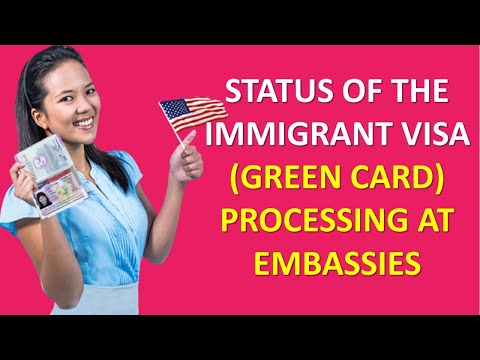19K views 3 weeks ago
2.7K views 1 month ago
365 views 1 month ago
1.7K views 1 month ago
684 views 1 month ago
3.9K views 1 year ago
5.3K views 1 year ago
6.6K views 2 years ago
3.1K views 2 years ago
1.2K views 2 years ago
12K views 3 years ago
3.7K views 3 years ago
1 views
4 years ago
43K views 4 years ago
















